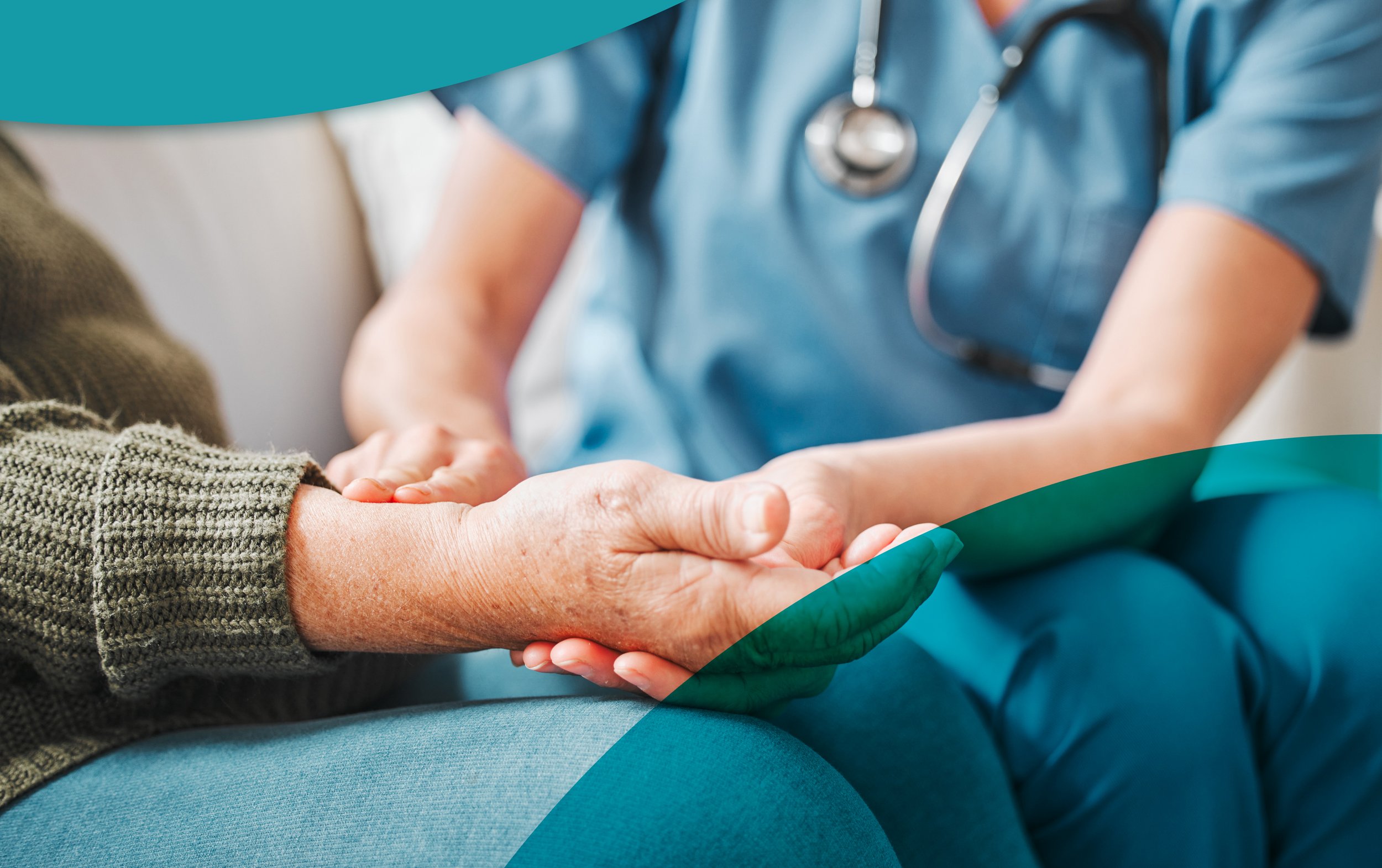
Your Anaesthetic
-
General anaesthesia
General anaesthesia is a state of controlled unconsciousness during which you feel nothing. Some operations can only be performed under a general anaesthetic. Anaesthetic drugs are injected into a vein, or anaesthetic gases are breathed into the lungs. This stops the brain recognising messages coming from the nerves in the body. As the anaesthetic drugs wear off, consciousness will return.
These three types of anaesthetic can be used individually or in combination to achieve the best and safest anaesthetic for every patient.
-
Regional anaesthesia
Regional anaesthesia is when local anaesthetic drugs are injected near to the bundles of nerves which carry signals from a particular area of the body to the brain. The most common regional anaesthetics (or 'blocks') are spinal and epidural anaesthetics. These can be used for operations on the lower body such as a Caesarean section or hip replacement. You stay conscious but free from pain, however sedative drugs can also be given to ensure you are calm and relaxed during the operation.
Various other areas of the body can be anaesthetised using a regional technique. For example, upper limb regional blocks are frequently employed either as a sole anaesthetic technique for hand, wrist and arm surgery, or in combination with general anaesthesia in shoulder surgery.
-
Local anaesthesia
A local anaesthetic numbs a small part of your body. It is used when the nerves can easily be reached by drops, sprays, ointments or injections. You stay conscious but free from pain.
-
The word ‘anaesthesia’ means ‘loss of sensation’.
Anaesthesia stops you feeling pain and other sensations.
Not all anaesthesia makes you unconscious.
There are several types of anaesthetic including local, regional and general.
Local and regional anaesthetics can be directed to different parts of the body.
Drugs that cause anaesthesia work by blocking the signals that pass along your nerves to your brain. When the drugs wear off, you start to feel normal sensations again, including pain.Not all anaesthesia makes you unconscious.
-
Anaesthesia: a process
Your anaesthetist is responsible for:
Assessing your health and advising you on which type of anaesthetic is suitable for your surgery. They will then agree with you a plan for your anaesthetic
Giving you the anaesthetic and keeping you safe and well during surgery. Your anaesthetist stays with you all the way through your operation. They will use modern monitoring equipment to assess your condition continuously throughout your operation and they will give you drugs and fluids as required, to keep you safe and well.
Planning your pain relief and making sure that you are as comfortable, nausea free and healthy as possible in the recovery room immediately after surgery.
Looking after you, or ensuring that a qualified colleague looks after you, in the intensive or high dependency care unit after your operation.
You can find out more about the process of anaesthesia by reading the following booklets:
Nerve blocks for surgery on the shoulder arm or hand
-
Anaesthesia: enabling modern surgery
The modern speciality of anaesthesia has come a long way since its earliest days. Early anaesthetics were given by dripping a liquid anaesthetic agent such as chloroform onto a piece of gauze held over a patient’s face. The effects were unpredictable and quite unsafe. Monitoring consisted of a feeling the patient’s pulse, and watching for the rise and fall of the chest.
Modern anaesthetists have a detailed understanding of physiology, bio-chemistry and physics. They are trained in the use of some of the most sophisticated monitoring equipment in medicine. For a typical straightforward anaesthetic in the UK, the anaesthetist will use at least eight different electronic monitors which give information about basic body functions. In addition, advanced monitoring equipment can give information about heart function, circulation, and breathing. Highly adjustable ventilators (breathing machines) are set to exactly suit the needs of the patient.
Anaesthetists today do not need to use the dangerous and often flammable anaesthetic gases of the past. Dozens of modern drugs are available to blend together to give exactly the effect required, according to the operation, and the general health of the patient.
Many modern surgical techniques would not be possible without the anaesthetic drugs, the techniques and the equipment that anaesthetists use today. However the foundation of safe anaesthesia is the high level of training which underpins the specialty. Patient safety is central to everything that anaesthetists do, and this allows us to bring patients safely through the most challenging operations.
